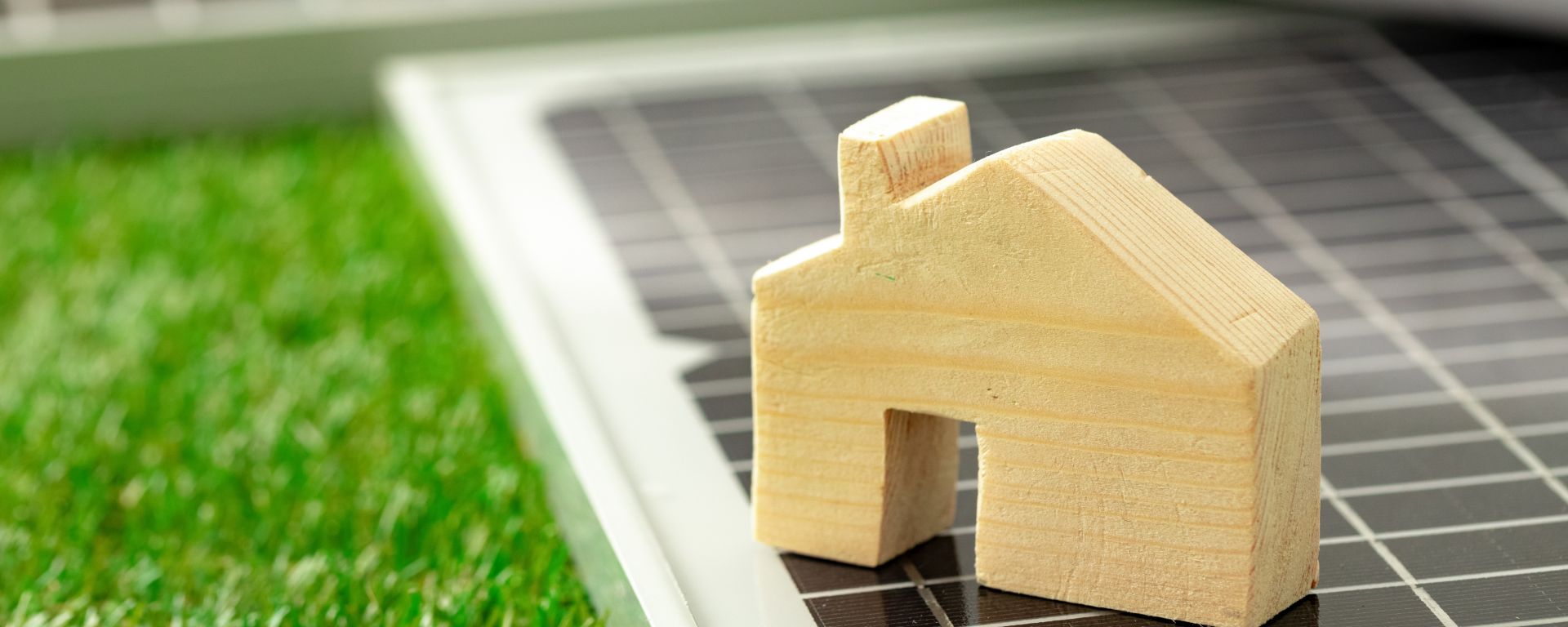Load shedding is a term that too many South Africans (and overseas visitors) unfortunately know. Why is it unfortunate? Because the power cuts and outages implemented by Eskom have caused a fair amount of disruption all over the country and affected many people’s lives.
Luckily, there are apps and websites such as EskomSePush which show us the load shedding schedule and help us determine whether there is load shedding today, tomorrow, or the rest of the week. If you’re new to the country and haven’t yet become accustomed to this way of life, let’s look at what exactly load shedding is and answer some commonly asked questions surrounding it.
What Is Load Shedding?
Simply put, Load shedding is the energy crisis being experienced around South Africa. It is the planned and controlled rotation of the deficit of electricity between the Eskom customers. This deficit of electricity exists because the available supply is not enough to meet the demand.
The power cuts or interruptions are done on a rotational basis to ensure a fair distribution of electricity needed at crucial times around the country. The rotational basis is also implemented so that the electricity system remains stable because shortages could cause a lack of balance in the network, which could lead to a collapse.
What Causes Load Shedding?
Load shedding can occur for several reasons, but the ones listed below are why it has been such a prominent problem in South Africa:
- The coal-fired power plants working less efficiently due to a lack of maintenance.
- Theft and vandalism of the machinery and resources that supply the country with power.
- Corruption within the institutions that are responsible for managing and overseeing the power output systems.
If not due to the reasons listed above, other power cuts usually occur or are implemented because of reasons relating to the weather. Storms and heat waves are often the main protagonists, and if not weather-related, poor maintenance or theft of power lines can also be the cause.
The Different Stages Of Load Shedding

The power supply is divided up and distributed in various stages according to demand and availability, mainly based on the reasons mentioned above. Right now there are 8 stages of load shedding that are organised on a load shedding schedule. We’ve listed estimates of power outage times and frequency for each stage below.
- Stage 1 – One power cut a day for 2 – 2.5 hours.
- Stage 2 – Two power cuts a day for 2 – 2.5 hours.
- Stage 3 – Three power cuts a day for 2 – 2.5 hours.
- Stage 4 – Same as stage 3.
- Stage 5 – Three power cuts a day; one lasting 4 – 4.5 hours and the other two lasting 2 – 2.5 hours.
- Stage 6 – Same as stage 5.
- Stage 7 – Three power cuts a day lasting 4 – 4.5 hours.
- Stage 8 – Same as stage 7.
When Will Load Shedding End?

There is no definite answer to this question as it stands, and according to the CSIR, the situation looks like it’s only going to get worse going into 2023. While there may not be any light at the end of the tunnel (yet), here are some resourceful posts that will help you make light of the situation:
- Load shedding schedule APPs
- How to prepare for load shedding
- Things to do during load shedding
- Gadgets to make life easier
Conclusion
While we may not have as much power as we’d like over the load shedding situation, it’s vital that we manage other controllable factors during these stressful times. Don’t let a dirty home add to the frustration of power cuts – book a professional cleaning service with the expert team at SweepSouth today.









